
In this post I’ll share some insights and tips on how to navigate situations where your work ethic and worth may be put to test. Please keep in mind that spotting red flags doesn’t automatically mean someone is a bad client and you shouldn’t work for them. A lot of the time clients are not fully aware of the work process and value a creative person can add to a project, so some of these sentences can simply come out of ignorance.
I’ve been obsessed with neon signs for as long as I can remember. They were very popular between the 20s and the 60s but unfortunately are very hard to spot nowadays because there a lot more cheaper and easier solutions. Even though there are plenty of alternatives, nothing comes close to the look of a neon sign. In this tutorial you’ll learn how to create your own fake neon sign using Procreate / Adobe Illustrator and Adobe Photoshop.
For this tutorial I’ll teach you how to animate a simple script word from beginning to end using an iPad with Procreate and a bit of patience. The apple pencil is not required but highly recommended.
Whether if you’re just starting out your adventure in the lettering world or if you’re a seasoned expert, composition can always be an intimidating topic. Even though general people might not understand the importance of a good layout, it’s our job to make it work so well that it becomes unnoticeable.
Two years ago I started a personal project about vintage matchboxes which was a way for me to experiment with new styles and techniques. In this tutorial I’ll talk about my process and give you some tips on how to create vintage inspired packaging illustrations.
When I started freelancing I had no idea what I was doing. I studied design in college and had a couple of years of experience but I never learned how to survive by myself in the real world. Today, after almost 5 years working as a freelancer (whew, has it been that long?!), I’m still learning new things everyday but this journey taught me a few lessons that I wish I’d known from the very start.
These are a couple of things I learned working as a freelancer that can hopefully help you avoid some mistakes I’ve done in the past.
The turn of the year was the perfect excuse to organize my book library which made me remember this series I started but never continued. Here are some design books that I like to go through once in a while. Some of them are great to find inspiration while others are filled with incredible wisdom nuggets and information
I love books. There's something very special about flicking through the pages of a brand new book and smelling the paper. Even though I'm not much of a reader, design books always had a special place in my heart. Not only they provide a lot of value as they're great places to look for inspiration and references.
Why did I start drawing letters?
I've been thinking it could be interesting to share my story and why I started shifting my focus in "traditional" graphic design to lettering and illustration and how I made that work for me.
I've been wanting an iPad Pro since they've announced it back in 2015. I love drawing on paper but sometimes it's not the most practical way to work so it seemed like the perfect tool to introduce in my workflow. I also own a Wacom Intuos M tablet, which I still use, but it never felt natural to draw and to look at the computer screen while doing it.
Back in August I was commissioned by Exhibitor magazine to create a full-page illustration for an article titled 'Four Critical Factors That Affect Graphic Costs'. The brief was to create a main sign design with the title and then other smaller signs around it. The references were based on work I've done before so I was pretty comfortable with this project.
I had the pleasure of being interviewed for the second issue of the new Kodak magazine titled Kodachrome. It is the perfect publication for anyone who loves art, film and analog culture.
That's a great question. After all, who still has a blog in 2017?
I've been using my Instagram professionally for 4 years. It's a great tool to share your work and communicate with others. One of my favourite parts of posting is writing the caption. I love to give insights about what I'm posting, whether that's explaining the process or sharing how the project came to be.
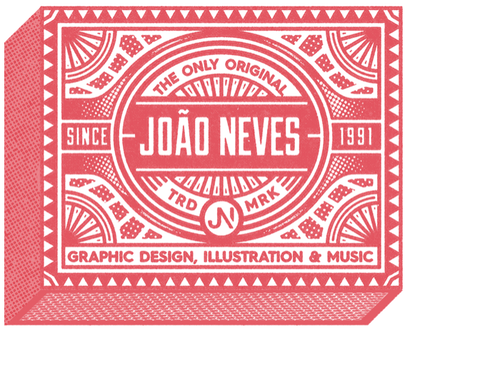
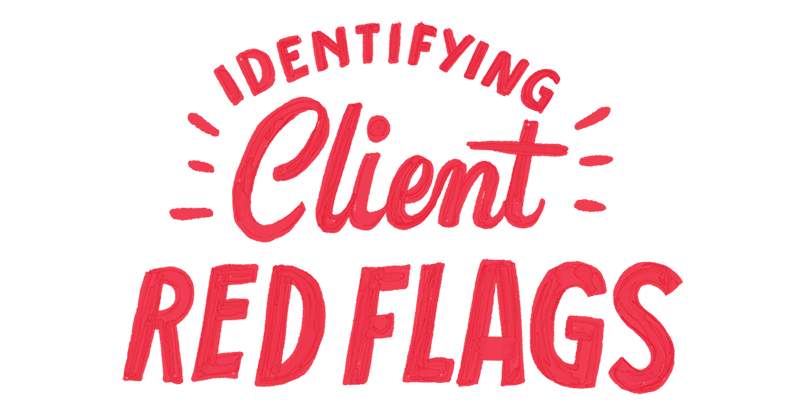


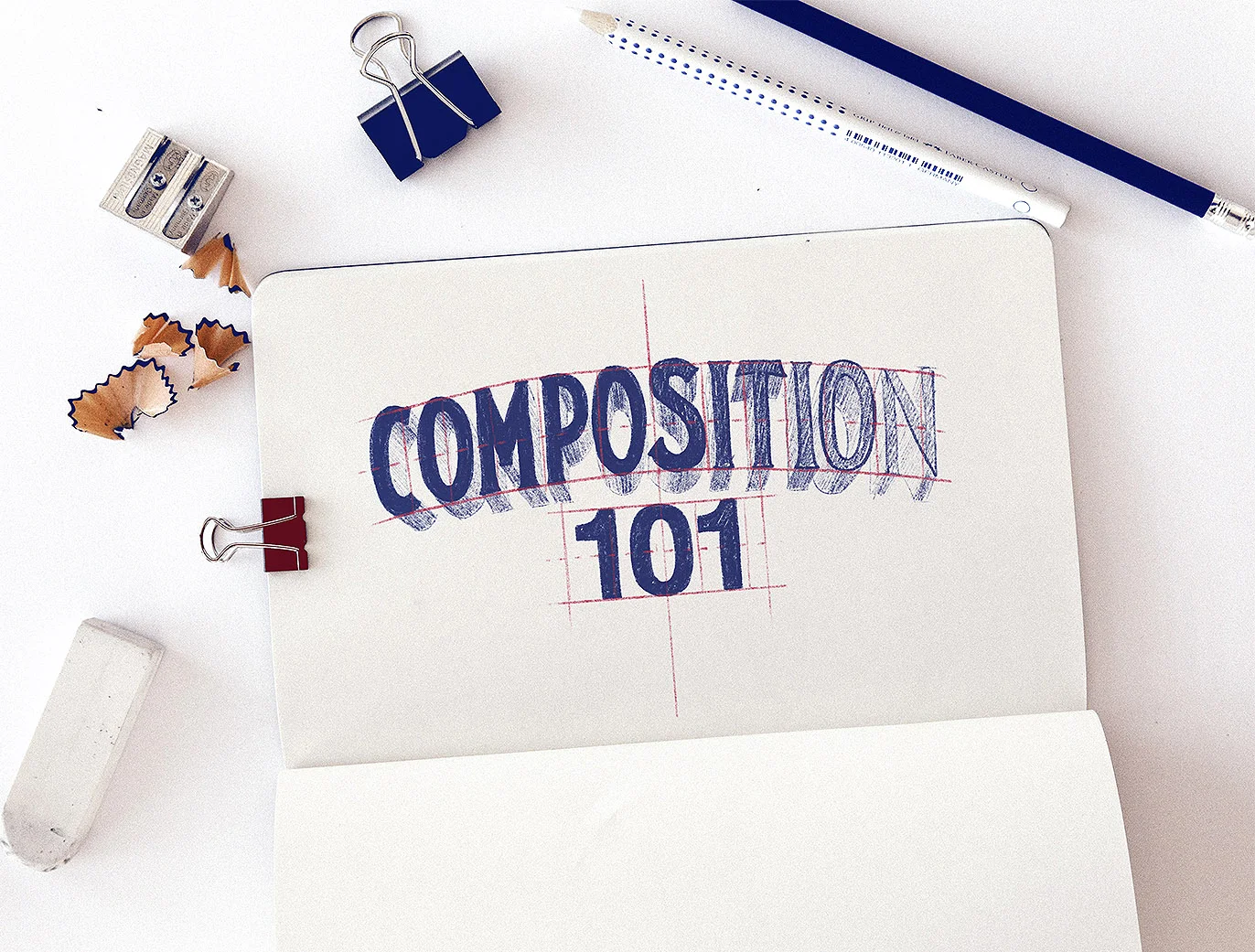
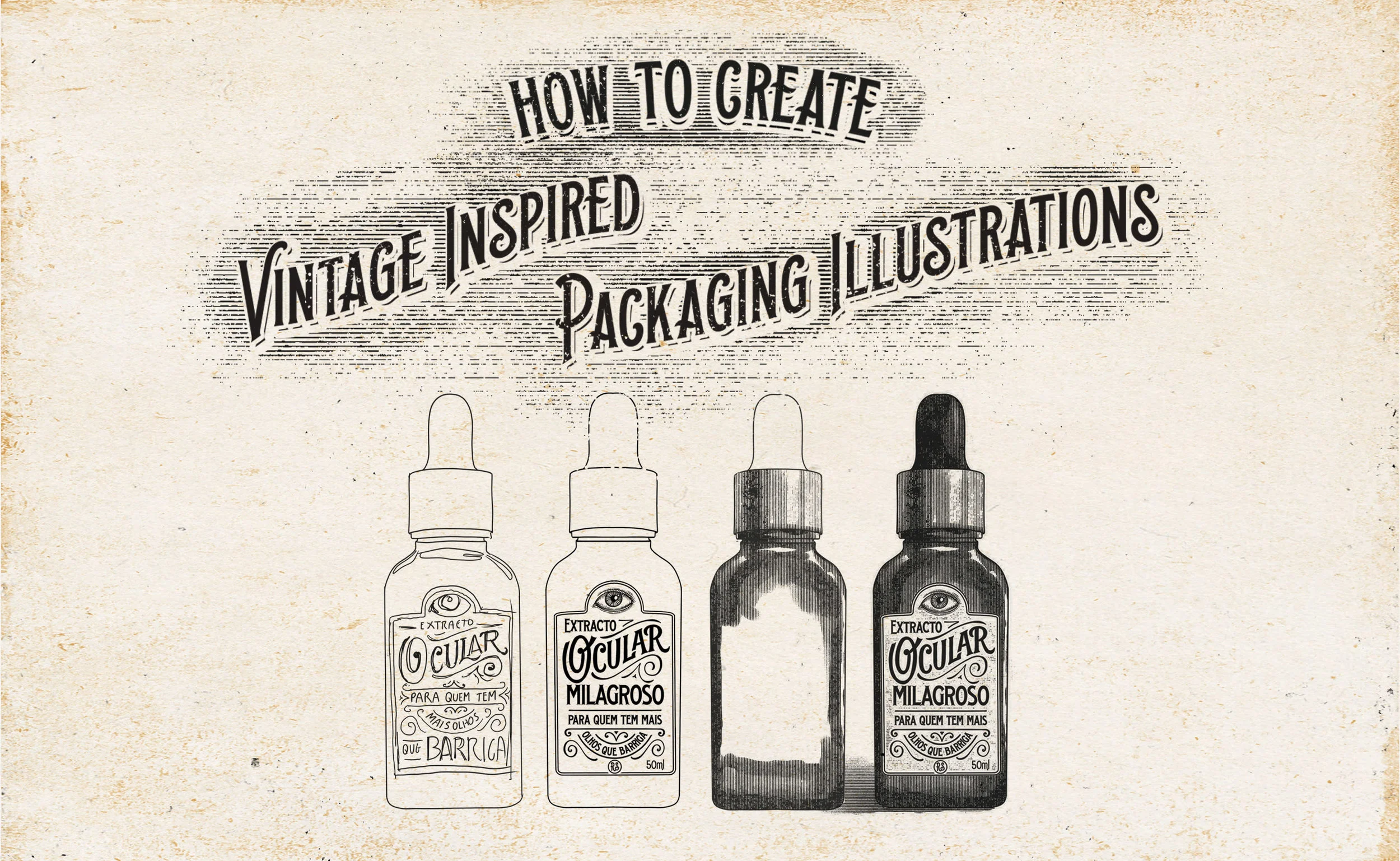




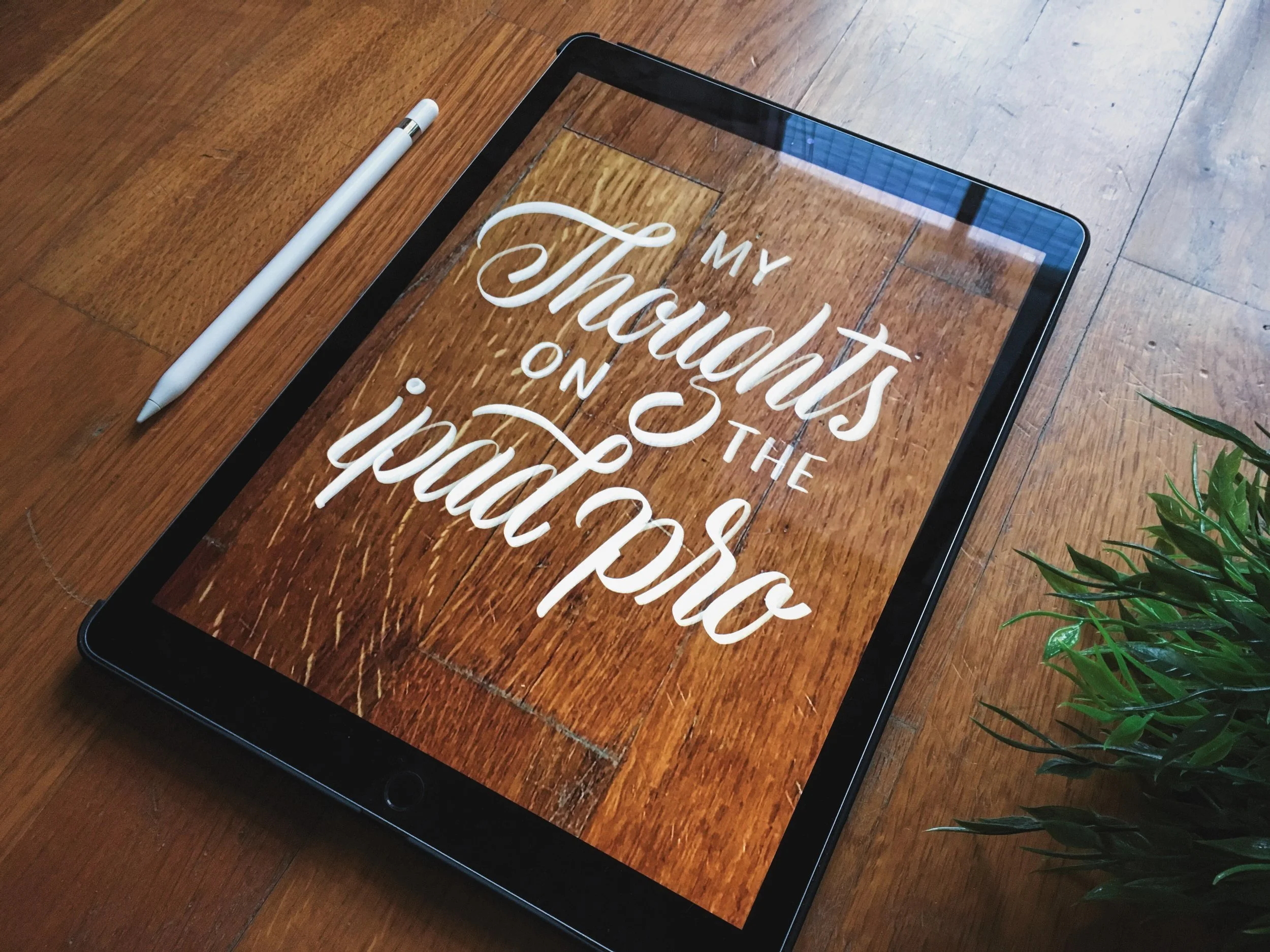



There's always an excitement associated with having a new potential client reach out to you with new work. Sometimes you'll receive a very detailed brief and other times a very simple paragraph, but I can't remember a single time when I received a proposal and wasn't immediately filled with questions. The process of debriefing involves raising questions that the client hasn't even thought of, and that will help you save a lot of time; avoid disappointments and also make sure you're meeting the client's expectations. You're not supposed to be a magician who guesses what's going through other people's minds, so you shouldn't be afraid to ask questions no matter how obvious they look. This will in fact make you look professional because after all you're trying to understand your client's business in order to solve their problem as successfully as you can.